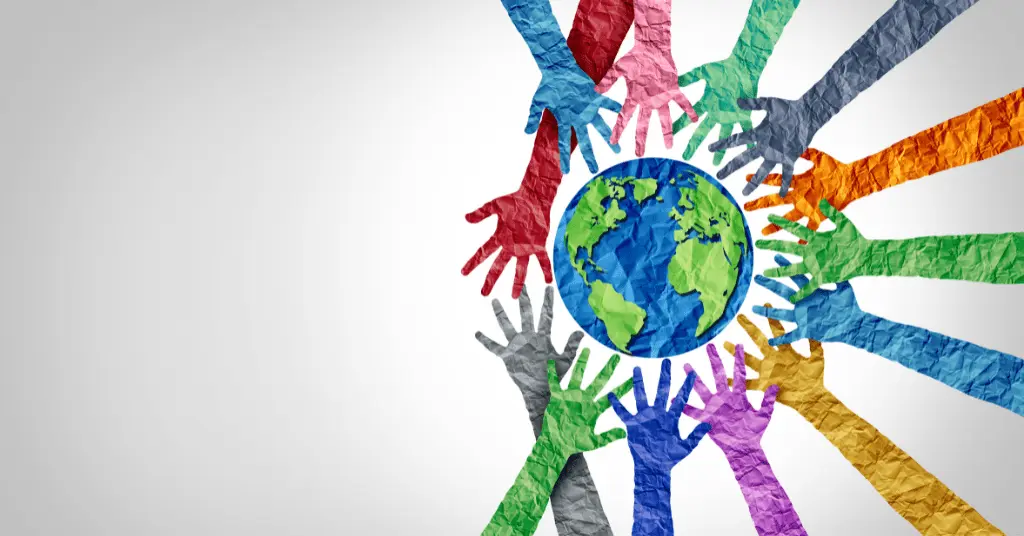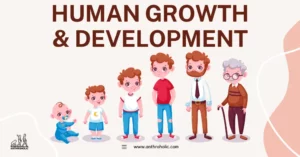AI Answer Evaluation Platform Live Now. Try Free Answer Evaluation Now
Cultural Pluralism
What is Cultural Pluralism?
Pluralism acknowledges that it is appropriate to have a multiplicity of opinions. On the other hand, Monism maintains that there is just one proper method of thinking or living. More specifically, cultural pluralism has been proposed as a goal and a set of social behaviors for properly managing modern society’s rising variety and connection. Cultural pluralism emerges when a society’s social, political, and legal structures are built to accommodate variation and difference in a way that promotes rather than inhibits community cohesiveness.

Cultural pluralism is unique from cultural diversity in that it includes intentionally seeking to comprehend persons from various origins. Cultural diversity basically acknowledges and tolerates cultural differences.
The dominant culture will sustain the smaller groups within a broader civilization, even if they preserve their own cultural identities, as long as their beliefs and practices are in accordance with the norms and values of the larger society. Cultural variety has been defined and described in numerous social situations. It has been considered a social ideal as well as a social real [1]
Diversity of cultures
Groups exist in a pluralist society, and they also acknowledge the advantages of other groups as desirable traits in the dominant culture. There is significant pressure on members of varied groups to integrate rather than assimilate. Institutions and practices of this nature survive in a pluralist society where cultural groups are recognized by the greater community and may require legal protection. After a culture is welcomed, it may be essential to remove features of the new or minority culture that disagree with the norms or ideals of the dominant culture. The notion of pluralist culture has been around since the beginning of time, asserts pluralist Hamed Kazemzadeh. For instance, the Achaemenid Empire of Cyrus the Great successfully maintained the concept of accepting and tolerating diverse cultures. [2]
History of Cultural Pluralism
The American idea of cultural variation was inspired by the transcendentalist movement, and was further developed by pragmatists like Horace Kallen, William James, and John Dewey. Randolph Bourne, a later thinker, gave one of the most famous notions of cultural variety in his 1916 article “Trans-National America,” which is acknowledged as one of the most significant works on the issue. [Reference is essential] Most people give Kallen the credit for establishing the notion of cultural variation [3]. He campaigned against the assumption that immigrants from Europe should be “Americanized” in his 1915 piece “Democracy Versus the Melting Pot,” which appeared in The Nation.[4] In his book Culture and Democracy in the United States, published in 1924, he created the notion of cultural variety.[5] The notion was utilized by M. E. R. C. Young in his 1976 book The Politics of Cultural Diversity. Young’s contributions to African studies serve as an illustration of how flexible a culture may make its knowledge of cultural variance[6]. One of their more recent proponents is the moral and cultural anthropologist Richard Shweder. A 1976 research published in the Journal of Sociology and Social Welfare identified cultural pluralism as a social situation in which groups of persons from diverse cultures cohabit and behave freely.
In comparison to multiculturalism
Cultural pluralism does not suggest a prevailing culture, in contrast to multiculturalism. If the dominant culture is undermined, societies may spontaneously shift from cultural diversity to multiculturalism without making any explicit effort. Communities that live independently or in conflict with one another are not regarded as having a diversified culture.[7]
In 1971, the Canadian government declared that cultural variation was the “very cornerstone” of the country’s culture, as opposed to multiculturalism.[8] Cultural variation may be accepted by a group or an individual to differing degrees.
The United States is a great example of plurality, as it comprises smaller groups with their own ethnic, religious, and cultural standards, as well as a dominant culture with substantial patriotic features, an athletic culture, and an artistic culture.
Who applies the idea?
The social sciences and the humanities both make use of the notion of plurality. Along with cultural plurality, there are political, liberal, legal, media, and religious plurality—terms that are frequently applied in sociology or political science settings. The extremely wide application of the pluralism phrase shows that there is uncertainty and controversy surrounding conceptions that are equivalent. Horace Kallen is credited with inventing the unique idea of cultural variation. He regarded it as a universal cure to the integration challenges that were surfacing in the 1910s and 1920s.
Since then, international organizations and government policy experts who attach it directly to the realization of the democratic ideal have called for it as a policy solution to multiculturalism. Appropriate for cross-cultural communication. Intercultural discourse may be understood as a need for cultural variance as well as a sustaining component of it. Additionally, it may be argued that while intercultural communication requires an active connection with others across differences, pluralism has to be founded on the practice of speech.
What has to be done?
The idea of cultural variety has received little serious scrutiny so far, compared to intercultural conversation methodologies utilized in the same policy and human rights settings. Although clearly pertinent to cultural concerns, the work that has been done on the relationship between pluralism policy and practice, notably the practice of dialogue, may be found in interreligious contexts but does not span the complete spectrum of social institutions. It is significant since the area of communication as a whole has not yet offered any understanding of how cultural variety and intercultural connection operate, and this deficiency demands urgent correction. Understanding the dialogic efforts necessary to preserve a heterogeneous society may be considerably facilitated by a communication strategy in particular.
References
[1] Hazard, William R.; Stent, Madelon (1973). “Cultural Pluralism and Schooling: Some Preliminary Observations”. Cultural Pluralism in Education: A Mandate for Change. New York: Appleton-Century-Crofts. p. 13.
[2] Kazemzadeh, Hamed (January 2018). “Hamed Kazemzadeh: Pluralism in Ideological Peacebuilding”. Internal Journal of Acpcs.
[3] Toll, William. 1997. “Horace M. Kallen: Pluralism and American Jewish Identity.” American Jewish History 85(1):57–74. doi:10.1353/ajh.1997.0007. Project MUSE 422
[4] Kallen, Horace. 18–25 February 1915. “Democracy Versus the Melting Pot.” The Nation 100(2590):190–94, 217–20.
[5] Ibid. pp. 126-129
[6] Young, Merwin Crawford. 1976. The Politics of Cultural Pluralism. University of Wisconsin Press.
[7] Ibid. pp.25
[8] House of Commons. 8 October 1971. Debates, 28th Parliament, 3rd Session, Volume 8. Ottawa: Library and Archives Canada. via “Canadian Multicultural Policy 1971.” Canadian Museum of Immigration at Pier 21.




